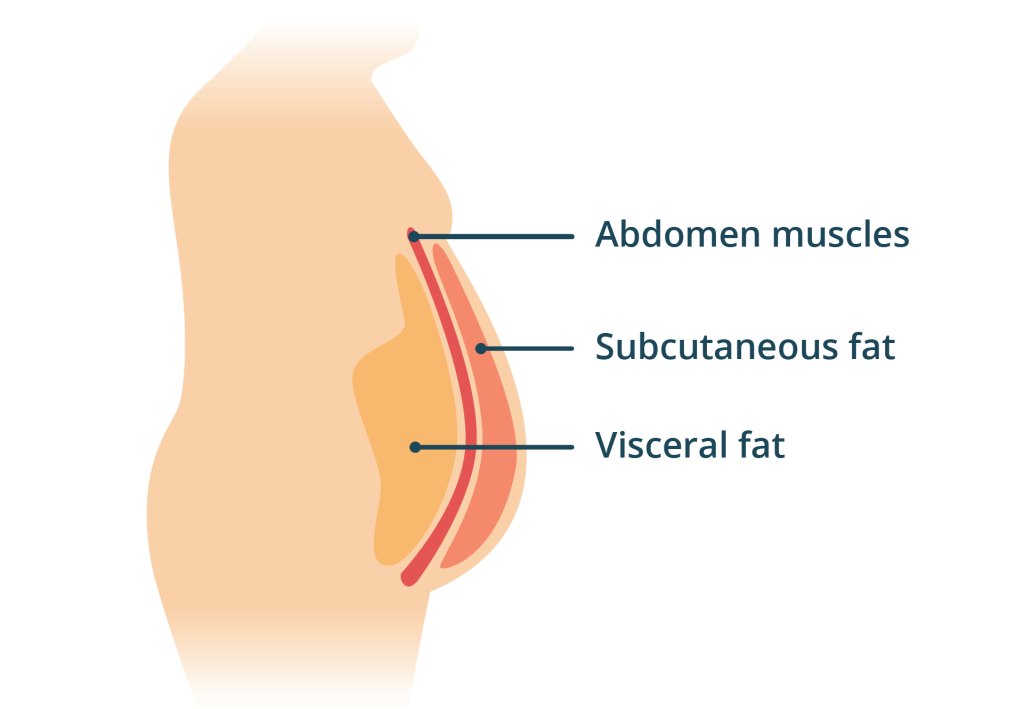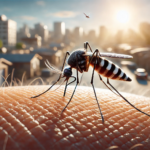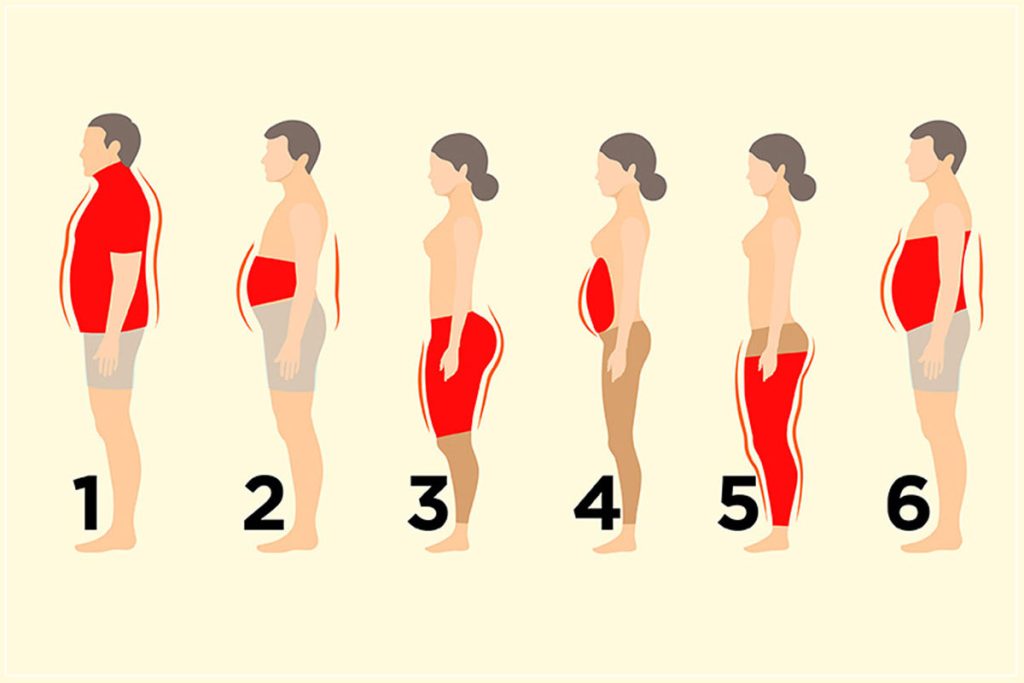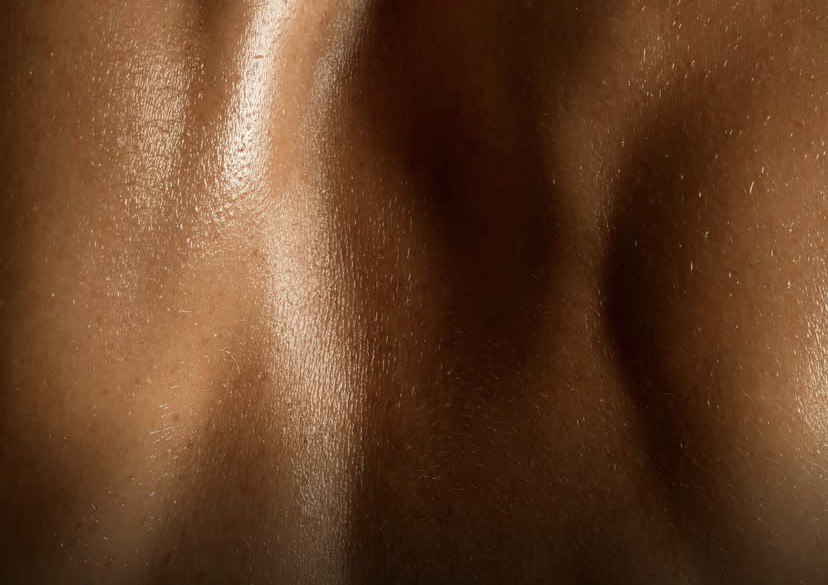Understanding Body Fat: Types, Functions, and How to Manage Them
When we hear the word “fat,” it often gets a bad reputation. But not all body fat is harmful—in fact, some are essential for your survival and overall health. However, understanding the types of body fat and their effects on your body is crucial to managing them effectively.
In this article, we’ll explore the different types of body fats, their roles in your body, how they impact your health, and actionable tips to manage them effectively. By the end, you’ll be better equipped to understand your body and take charge of your health journey.
What Is Body Fat?
Body fat, or adipose tissue, is made up of fat cells (adipocytes) and serves multiple purposes in the body. While excess fat can contribute to health problems, the right amount of fat is essential for:
- Energy storage: Fat acts as a long-term energy reserve.
- Protection: It cushions your organs and provides insulation.
- Hormone production: Fat tissue plays a role in hormone regulation, including leptin and estrogen production.
- Nutrient absorption: Fat aids in the absorption of fat-soluble vitamins like A, D, E, and K.
Understanding the different types of fat can help you take steps to maintain a healthy balance.
The 5 Types of Body Fat
1. White Fat
White fat is the most common type of fat in your body. It stores energy and provides insulation. You’ll find white fat around your abdomen, thighs, and arms.
- Body Parts: White fat is commonly located in the abdomen, thighs, hips, arms, and buttocks.
- Role: White fat helps regulate hormones, including leptin, which controls hunger, and insulin, which manages blood sugar levels.
- Health Risks: Excess white fat, particularly around your abdomen (visceral fat), increases the risk of heart disease, type 2 diabetes, and other metabolic conditions.
How to Burn White Fat:
- Focus on a balanced diet rich in whole foods, lean proteins, and healthy fats.
- Incorporate regular aerobic exercises, like walking, running, or cycling.
- Strength training helps convert some white fat into metabolically active brown fat.

2. Brown Fat
Brown fat is a powerhouse for burning energy. It’s primarily found in newborns and helps generate heat by burning calories. Adults have small amounts of brown fat, typically around the neck and upper back.
- Body Parts: Brown fat is typically located in the neck, upper back, and along the collarbone.
- Role: Brown fat converts calories into heat, helping to regulate body temperature.
- Health Benefits: Higher levels of brown fat are linked to a lower risk of obesity and better metabolic health.
How to Boost Brown Fat:
- Exposure to cold temperatures can activate brown fat. Try cold showers or spending time in cooler environments.
- Exercise may help increase brown fat activity.
- Certain foods, like green tea and capsaicin (found in chili peppers), may stimulate brown fat.
3. Beige Fat
Beige fat is a hybrid between white and brown fat. It can act like white fat but has the ability to convert into brown fat when stimulated.
- Body Parts: Beige fat is found in areas where white fat exists, such as the thighs and abdomen, but is more metabolically active.
- Role: Beige fat acts as a reserve that can transform into energy-burning fat.
- Health Benefits: Increasing beige fat activity can help reduce white fat stores.
How to Activate Beige Fat:
- Engage in consistent physical activity.
- Practice intermittent fasting or controlled caloric restriction.
- Focus on stress management since chronic stress can hinder fat transformation.
4. Subcutaneous Fat
Subcutaneous fat lies directly under the skin and is the type you can pinch with your fingers. It’s the most visible fat on your body.
- Body Parts: Subcutaneous fat is distributed throughout the body, including the thighs, hips, arms, and lower abdomen.
- Role: Provides cushioning and insulation.
- Health Implications: In moderate amounts, it’s harmless and even beneficial. However, excessive subcutaneous fat can lead to aesthetic concerns and indicate underlying metabolic imbalances.
How to Reduce Subcutaneous Fat:
- Maintain a calorie deficit through diet and exercise.
- Perform strength training to build muscle and improve fat distribution.
- Focus on sleep and recovery, as poor sleep can lead to fat retention.
5. Visceral Fat
Visceral fat is stored deep within the abdominal cavity, surrounding vital organs like the liver, pancreas, and intestines. Unlike subcutaneous fat, it’s not visible.
- Body Parts: Found in the abdominal cavity, surrounding internal organs.
- Role: While a small amount is necessary for organ protection, too much visceral fat is harmful.
- Health Risks: Excess visceral fat is linked to inflammation, insulin resistance, and increased risk of heart disease, type 2 diabetes, and even certain cancers.
How to Target Visceral Fat:
- Adopt a Mediterranean diet rich in fruits, vegetables, whole grains, and healthy fats.
- Avoid sugary drinks and processed foods that contribute to fat storage.
- Incorporate high-intensity interval training (HIIT) to burn fat efficiently.

How to Measure and Monitor Body Fat
Knowing your body fat percentage can provide more insight into your health than weight alone. Here are common methods to measure body fat:
- Skinfold Calipers: Measures subcutaneous fat at specific points on your body.
- Bioelectrical Impedance: Uses electrical signals to estimate body fat percentage.
- DEXA Scan: A highly accurate method that uses X-rays to measure bone density and fat distribution.
- Waist-to-Hip Ratio (WHR): A simple way to estimate visceral fat risk. A ratio above 0.9 for men and 0.85 for women indicates higher risk.

General Tips for Managing Body Fat
No matter the type of fat, the key to managing it lies in consistency and balance. Here are some practical tips:
- Eat a Balanced Diet: Focus on whole, nutrient-dense foods. Incorporate healthy fats from sources like avocados, nuts, and olive oil.
- Stay Active: Aim for at least 150 minutes of moderate-intensity aerobic exercise per week, paired with strength training.
- Manage Stress: Chronic stress increases cortisol levels, which can promote fat storage, especially around the abdomen. Try yoga, meditation, or deep breathing exercises.
- Sleep Well: Poor sleep disrupts hormone balance and promotes fat accumulation. Aim for 7-9 hours of quality sleep per night.
- Stay Hydrated: Drinking enough water can improve metabolism and reduce cravings.
- Limit Alcohol: Alcohol can contribute to fat storage, particularly visceral fat.
Fascinating Facts About Body Fat
- Brown Fat Is a Fat-Burner: Just 50 grams of brown fat can burn up to 300 calories a day.
- Location Matters: Fat stored in the hips and thighs (pear-shaped body) is less risky than abdominal fat (apple-shaped body).
- Muscle Burns Fat: More muscle mass increases your resting metabolic rate, helping you burn fat even at rest.
The Bottom Line
Body fat is complex and serves many roles in your overall health. While some types of fat are beneficial, others can pose serious risks when present in excess. By understanding the types of fat, where they are located, and implementing targeted strategies to manage them, you can take charge of your health and achieve a balanced, sustainable lifestyle.
Remember, the goal isn’t to eliminate fat entirely but to maintain a healthy balance that supports your body’s needs. Start small, stay consistent, and celebrate your progress along the way!

















Pingback: Live Longer, Live Better: Modern Strategies and Medications for Longevity - Medhouse.info
Pingback: Sugar Is Killing You: The Alarming Truth Backed by Science (And How to Break Free) - Medhouse.info